In a world that has become dominated by technology over the past few decades, it’s not unusual to see people of all ages joining in on the fun that dating apps have to offer. Thousands of 20-somethings have taken a shot at love through the simple swipe of their iPhones and the uploading of a few of their most attractive images.
But how often does a mutual attraction on these apps actually lead to a successful connection?
One in 10 partnered adults (married, living with a partner or in a committed romantic relationship) said that they met their current partner on a dating app, according to a study from Pew Research Center.
While the term “success” is relatively subjective in this context, Pew Research Center shared that one in five adults who identified as under the age of 30 said they met their current partner on a dating app and approximately one in four adults who identified as LGBT said the same.
Xiaoran Sun, assistant professor in family social science at the University of Minnesota, said digital technologies influence romantic relationships long after the initial attraction to one another on a dating app. It is common for partners to have different preferences and boundaries on topics such as video game usage, pornography and password-sharing/location-sharing.
“I’m staying quite optimistic about the future that dating apps are leading us to,” Sun said. “People are getting more clear and explicit [about] what they’re looking for.”
Sun said dating apps have begun asking users for multiple dimensions of their identity, making it easier for singles to determine if this is a person they would be compatible with, possibly leading to more discussions between users about topics such as political and religious beliefs, drug usage, career goals and more.
As a new user of dating apps myself, it’s a fun and easy way to quickly determine if there is compatibility beyond the initial physical attraction. However, many downsides come with using these apps.
Fourth-year student Josh Ichen said he was first introduced to dating apps in his early years of college and he primarily uses Tinder and Hinge for making connections. While dating apps were a fun form of entertainment at the beginning, he began noticing the negative mental effects they had on him.
“Overall, I think that kind of ruined my self-esteem a little bit and also my expectations for future relationships,” Ichen said.
Tinder is the most popular dating app for users between the ages of 18-29, with 79% of dating app users under 30 having used Tinder at some point in their life, according to the Pew study. Following that, 59% of users under 30 have used Bumble and 39% have used Hinge.
Ichen’s advice for those who are new to the online dating world but want to give it a try is to be safe physically and be wary of people’s intentions with you. On top of physical safety, he suggests being alert of your emotional and mental safety and not jeopardizing your well-being for the sake of others online.
Unfortunately, scams do take place on dating apps and this is something that more users need to be aware of.
According to eSafety Commissioner, catfishing is defined as someone using a fake identity to make an individual believe they are in a real relationship (friendly or romantic) and may use the information the victim provides to humiliate them, scam them for money, coerce them into sending explicit photographs or steal their identity.
Many dating apps have terms and conditions installed to protect their users from this type of cyber threat. This may include biometric verification, a limited amount of free interactions per user and safety guidelines.
One thing that makes me feel safer when scrolling through dating apps is seeing users with a blue checkmark in their profile. This confirms that they, at the very least, look like the person in the photos they posted.
This isn’t saying much, as the user could still be a serial killer. However, it is a form of protection available to all users and can provide some level of peace to those who interact with that user.
Of course, there are many things to be on the lookout for when creating an account on one or more of these platforms, but overall this should be an enjoyable and rather carefree experience for those who want to join.
Nowadays, you could very well find the love of your life on Tinder.










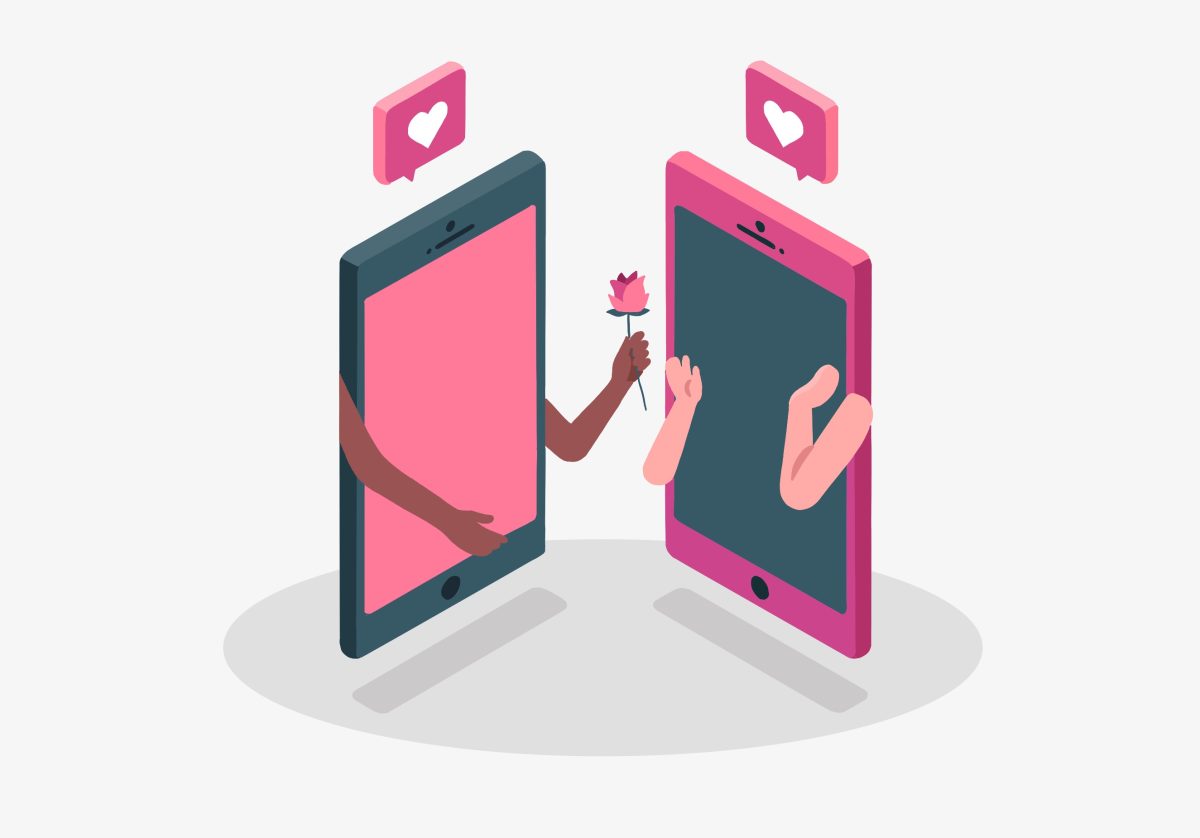





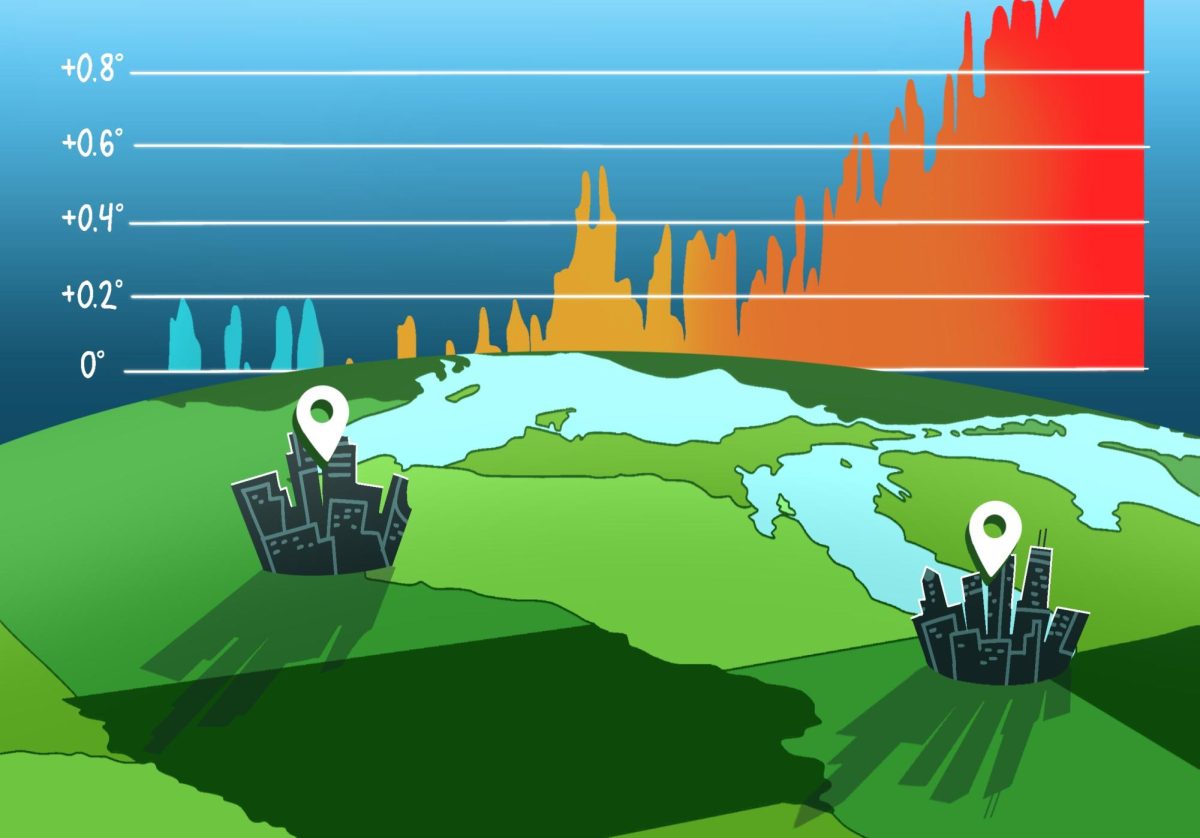
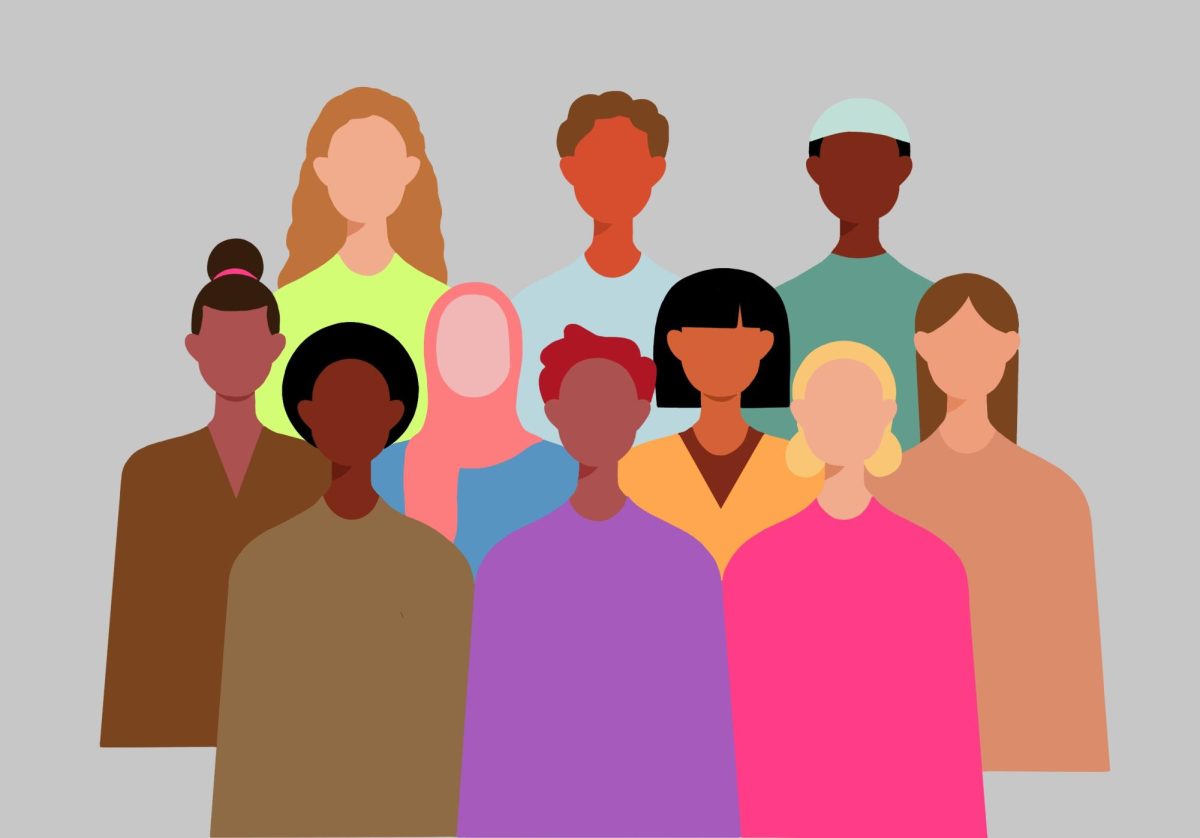
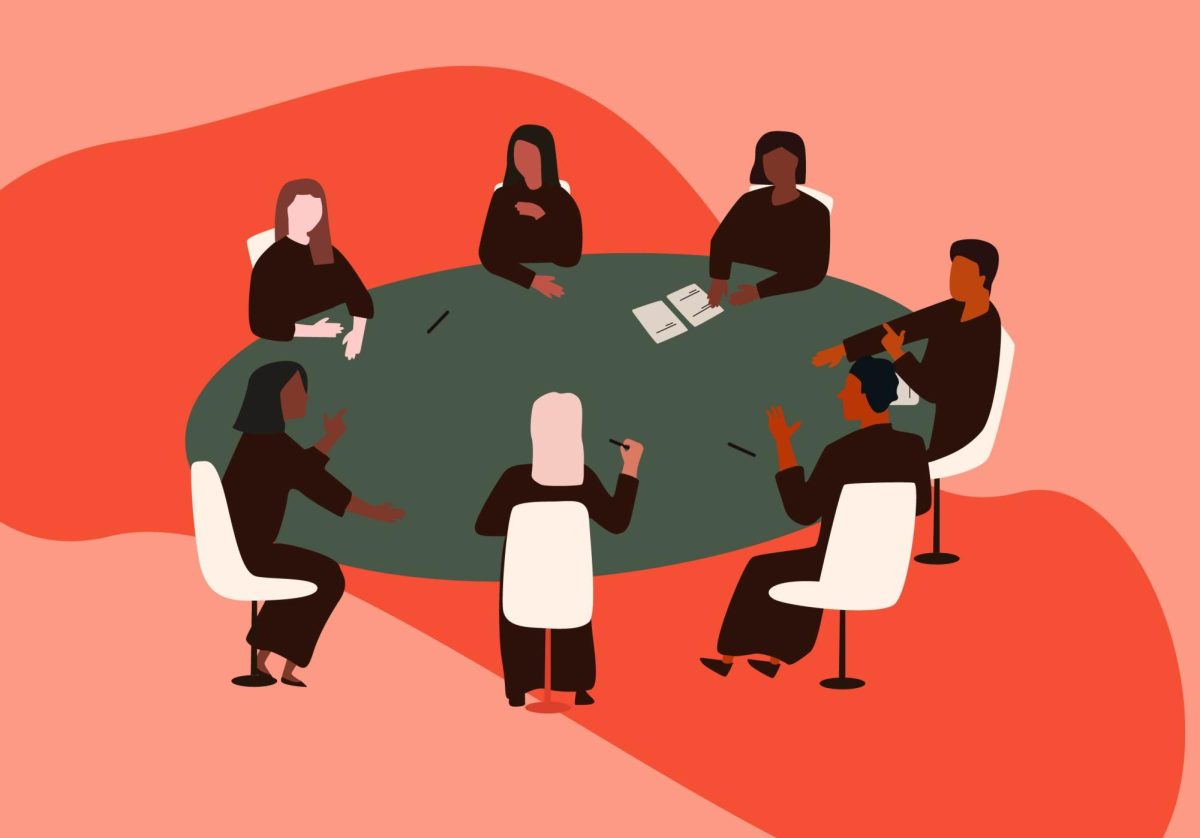
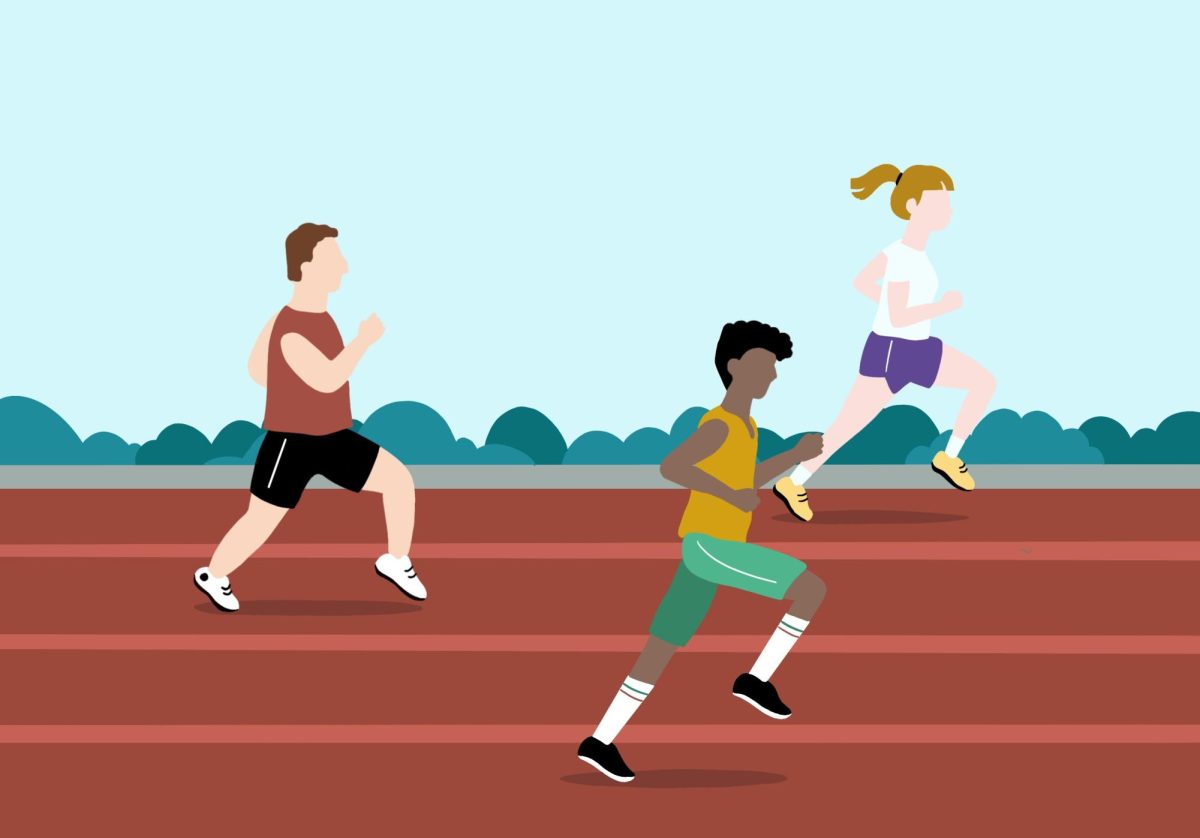



Grace
Feb 20, 2024 at 9:02 am
I met my boyfriend on a dating app! I found that it’s a great way to communicate upfront what your values are. I think it is important to use filters when you can or limit your time on them each day because your brain can only handle so many decisions. I also liked the video call feature. I was able to have a video call with a match before meeting in person, this definitely helped with safety along with the typical things of meeting in a public place during the day.
Jane
Feb 13, 2024 at 7:28 am
Such a great read!!